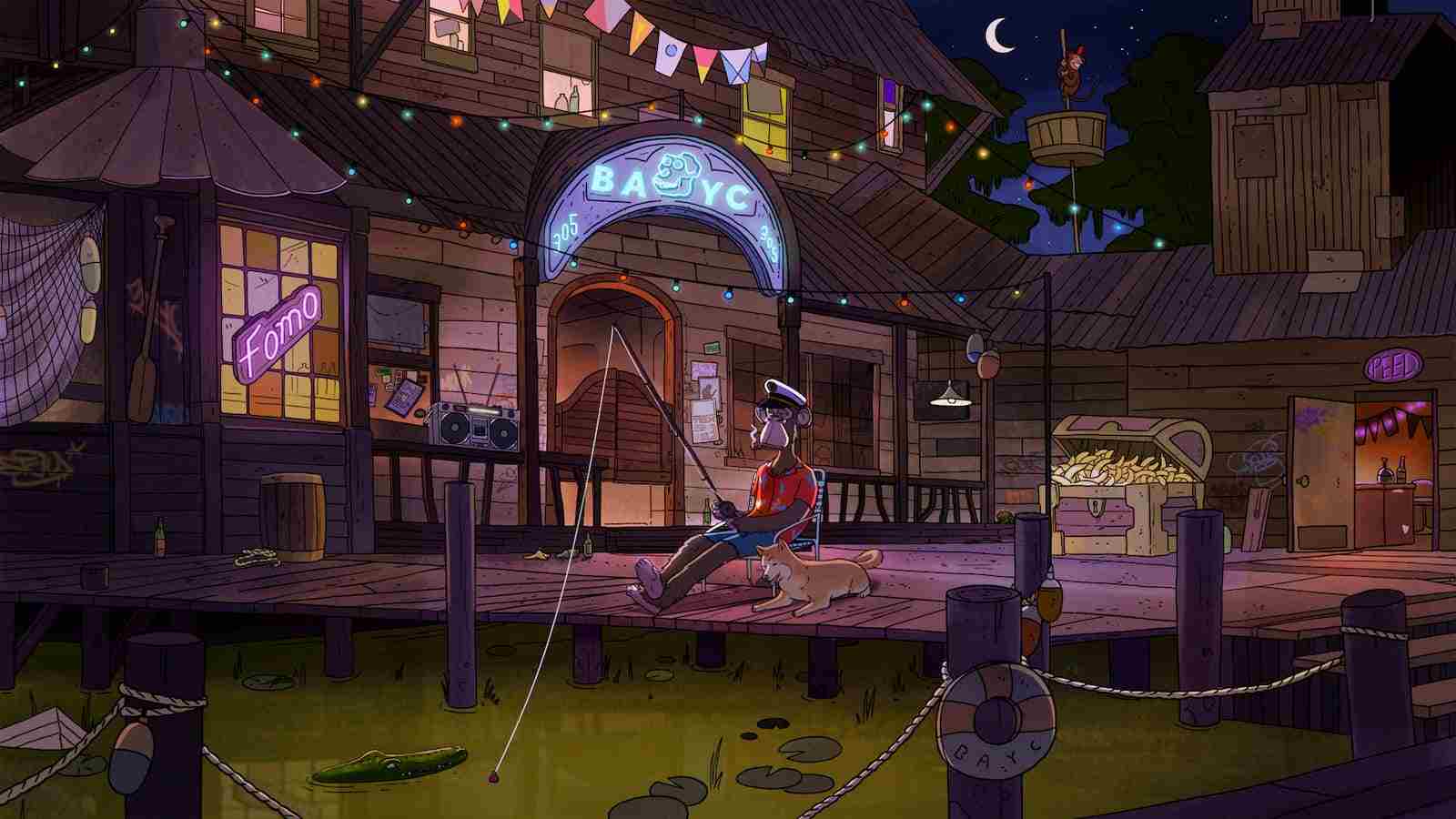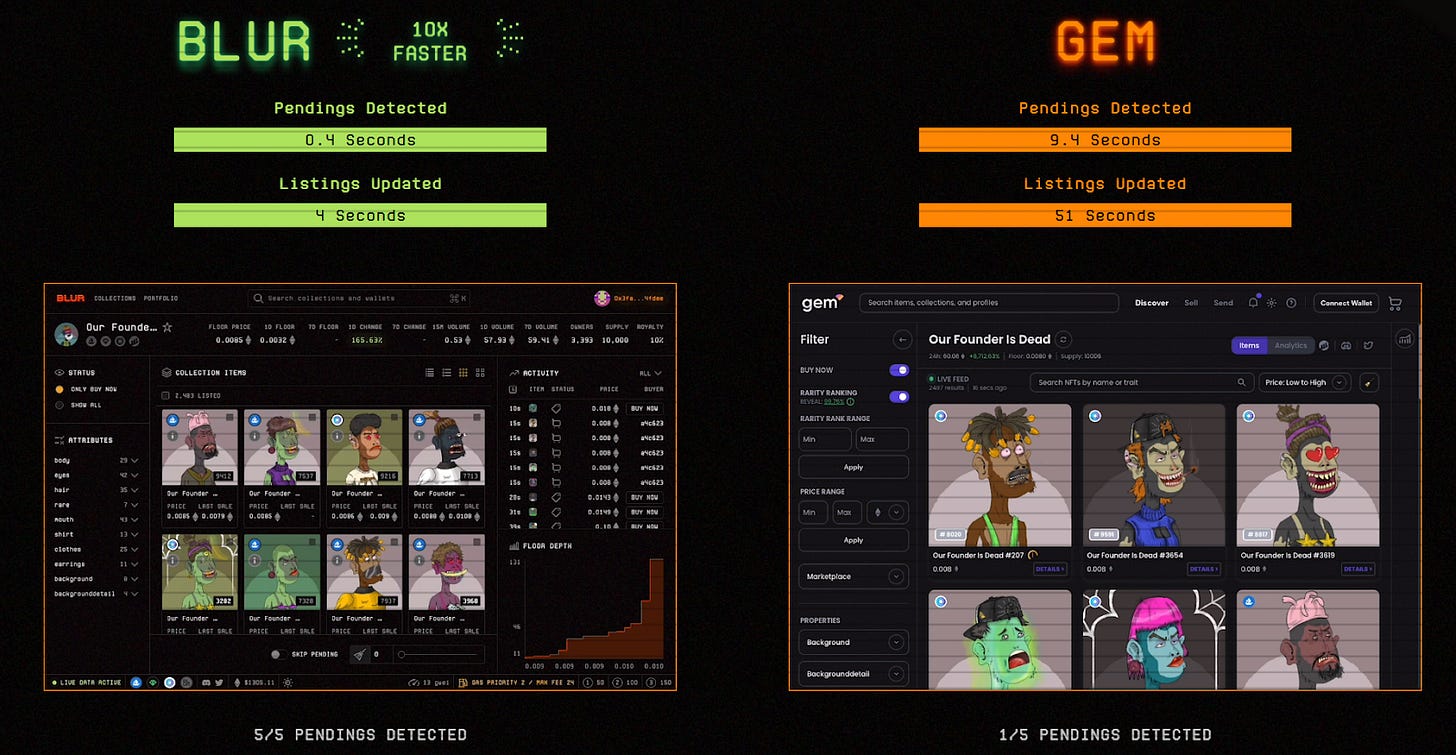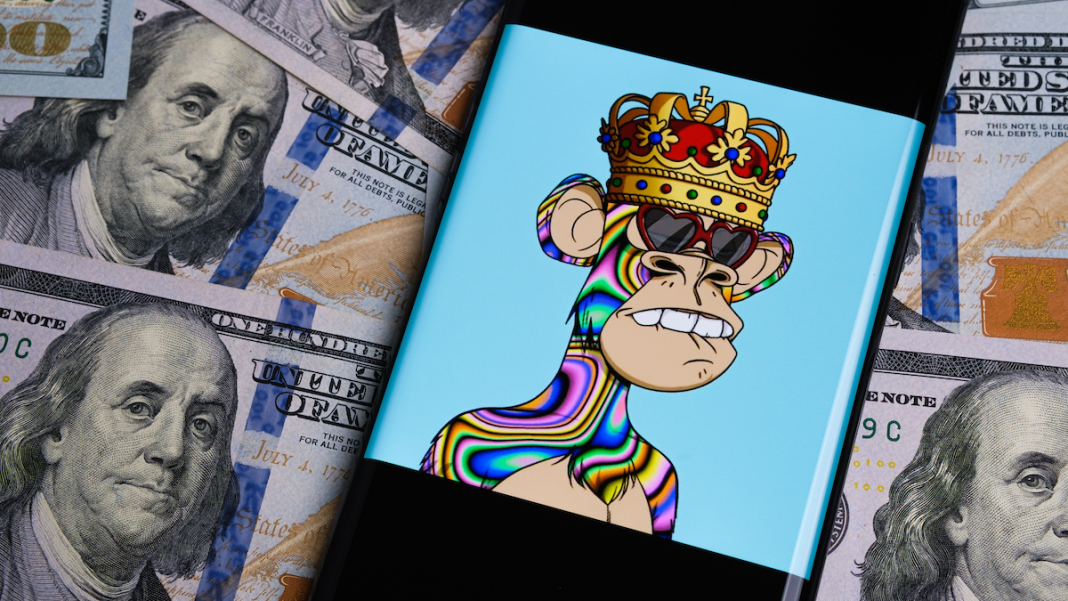The decline in royalties for NFT increases the tension between platforms and creators
Throughout the past few months, the enforcement of royalty payments for non-fungible tokens (NFTs) has been a source of tension between platforms and creators. However, recent data from data analytics platform Nansen shows that royalty payments to NFTs have fallen to their lowest level in two years. This raises the question of whether royalties can be maintained and equally guaranteed to creators in the NFT sector.
As reported by Nansen, royalty payments peaked in April 2022, bringing in 28,000 ETH (or almost $76 million) to creators in a week. However, the peak week of June only brought in a total of 2,000 ETH (about $3.8 million) for creators. This is a significant decline and causes much concern in the NFT community.
The sharp decline in creator royalties has been accelerated by the growth of Blur, where remuneration is not mandatory, as well as the relaxation of the NFT trading platform’s policy leading OpenSea. Currently, to ensure royalties for creators on OpenSea, collections need to have an on-chain execution method in their smart contracts.
Without this method, the royalty fee will default to a minimum of 0.5%. Meanwhile, Blur is required to pay at least 0.5% royalties. However, it seems rare for collectors to actively increase royalties for creators.
The competition between the markets has led both Blur and OpenSea to try to keep royalty payments low but still encourage trading, Nansen analysts said. “Royalties have fallen since February and Blur has taken up a large portion of the royalties paid to compete with OpenSea,” said Javier Cerdan and Edward Wilson, Nansen analysts. “Interestingly, over the past two weeks, Blur has dominated in terms of royalties paid.”
Despite a decline in royalties in June, Nansen reports that some of the top collections have raked in millions of dollars in royalties since launch. Yuga Labs, one of the largest NFT developers, has collected nearly $166 million in royalties from collections such as Bored Ape Yacht Club, Mutant Ape Yacht Club and Otherdeed for Otherside.
It was followed by Chiru Labs which also raked in over $58 million in royalties from the Azuki collection and derivative projects like BEANZ and Elementals.

However, the decline in royalties began before the Bored Ape Yacht Club floor price dropped to a 20-month low and before Azuki had problems with the release of Elementals.
The debate over whether to respect NFT’s royalties has heated up since October when Blur launched a fee-free exchange aimed at attracting professional NFT traders and going head-to-head with the exchange. OpenSea from day one. After receiving criticism from creators and collectors, Blur allowed collections to decide for themselves whether or not royalties would apply to creators. Several other NFT exchanges such as X2Y2 and Magic Eden have also changed their policy on royalty enforcement after temporarily switching to a zero-fee model.
In the context of fewer and fewer royalty payments for NFTs, the community is continuing to question the sustainability of the royalty payment system in the NFT sector. While the figures show a decline in royalties, there are still popular collections such as Yuga Labs and Chiru Labs that have collected significant royalties.
However, keeping royalties low and encouraging concurrent transactions remains a challenge for NFT platforms.

It can be seen that the competition between NFT platforms such as Blur and OpenSea has affected royalties.
While Blur does not require royalties, OpenSea does have a policy that allows collections to decide whether or not to pay creators royalties. This shows that finding a balance between the interests of both creators and collectors is still a matter of consideration in the NFT community.

In the future, ensuring fairness and sustainability in royalty payments for NFTs will be an important challenge. Platforms and communities need to continue to discuss and find solutions to achieve a healthy and sustainable NFT environment in which innovators are recognized and fairly rewarded for their contributions. , and collectors can also reasonably engage and support creators.
While royalty payments to the NFT may be difficult and challenging, it is also creating an opportunity to improve and build a fairer and more sustainable NFT exchange system.

